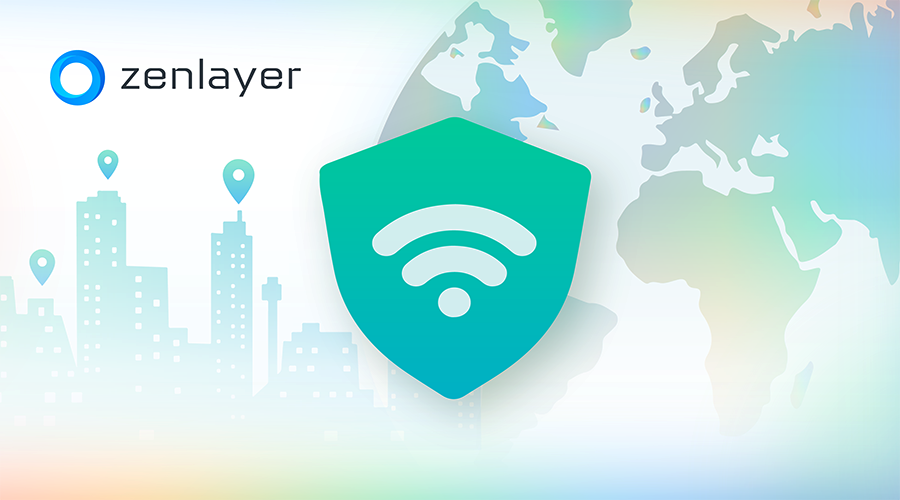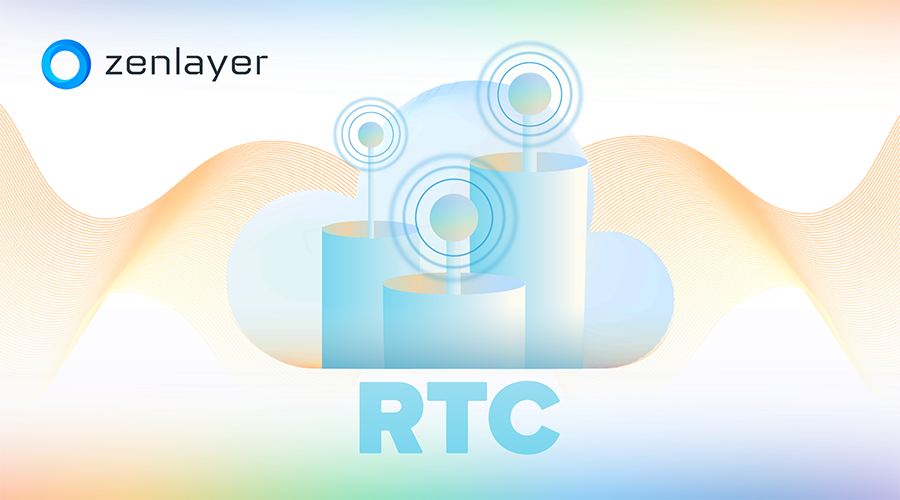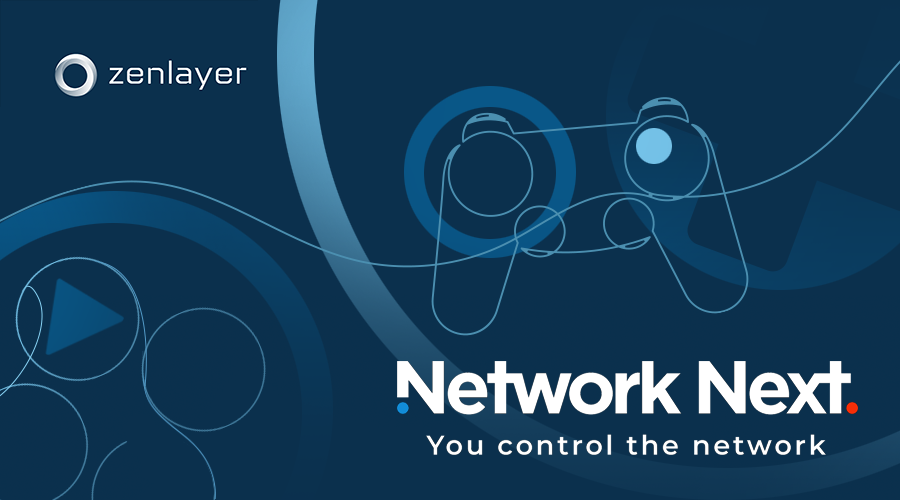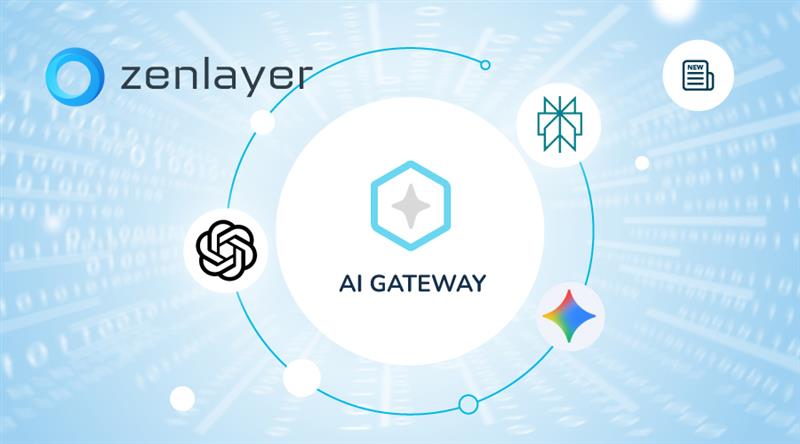In this two-part series, we’ll explore how RTC is enabling live interactive video, and how Zenlayer can help build a powerful and flexible global RTC service infrastructure. Part 2 highlights common RTC challenges and how Zenlayer can help providers overcome them.
- Solutions
- Products
AI
Distributed Inference
Deploy and scale AI anywhere
Fabric for AI
High-speed network for AI connectivity
AI Gateway
One-stop access to global models
GPU Cloud
AI compute for every workload
Compute
Bare Metal
On-demand dedicated servers
Virtual Machine
Scalable virtual servers
Networking
Cloud Connect
Onramp to public clouds
Cloud Router
Layer 3 mesh network
Private Connect
Layer 2 point-to-point connectivity
Virtual Edge
Virtual access gateway to private backbone
IP Transit
High performance internet access
Acceleration
Global Accelerator
Improve application peformance
CDN
Global content delivery network
Edge Data Center
Edge colocation
Colocation close to end users
- Global Network
- Partners
- Resources
- Sign in
- Get started











